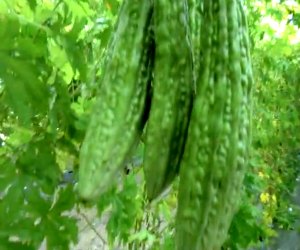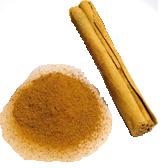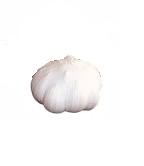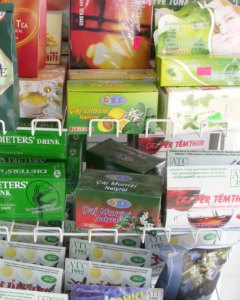- Home
- Natural Remedies
- Benefits of Yarrow Flower for Diabetes
Yarrow Flower and Diabetes

Hi, dear readers,
I hope you are doing fine. I was thinking over yarrow flower while going through an article on its effect on diabetes and stabilizing blood sugar levels. I am sharing all the information on the effects of yarrow flower for diabetes control.
What is Yarrow Flower?
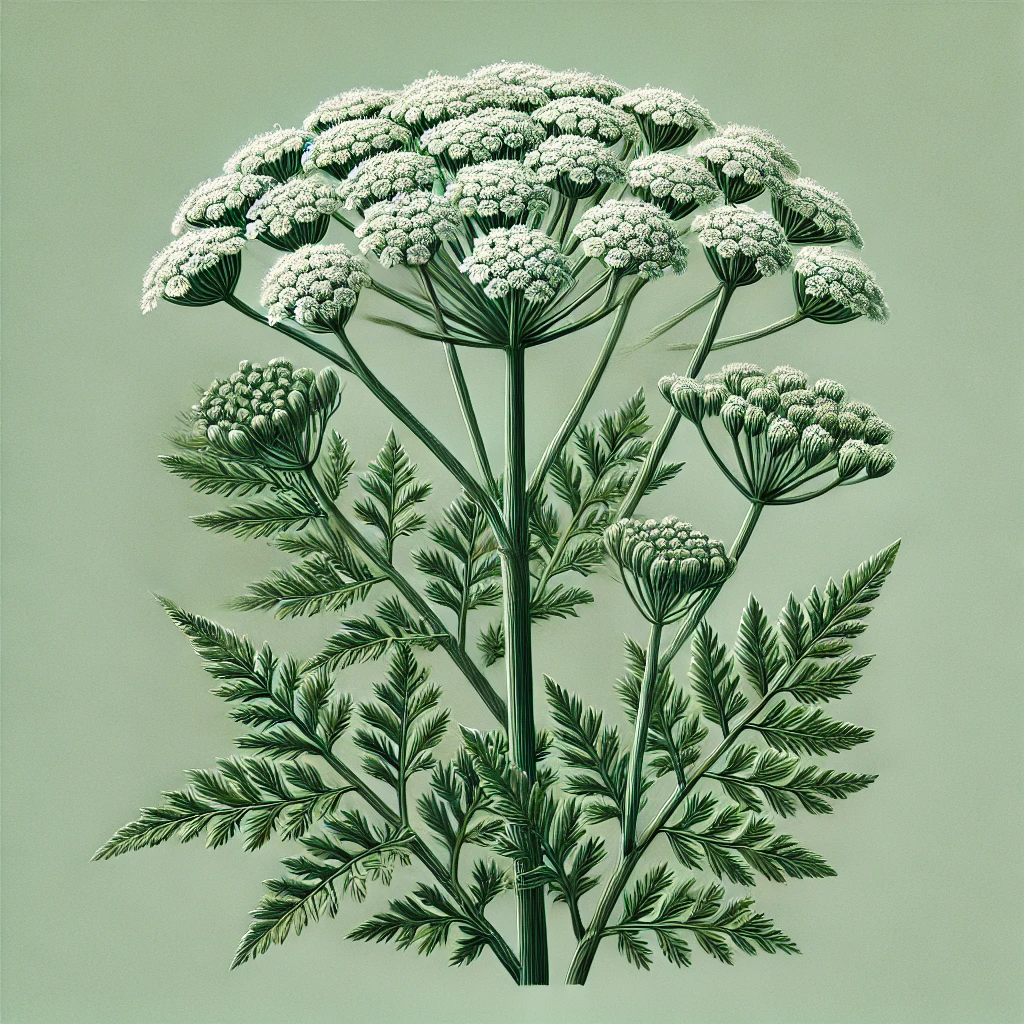
Kingdom: Plantae
Order: Asterales
Family: Asteraceae
Genus: Achillea
Species: A. millefolium
It is a flowering plant of the family Asteraceae. It is mostly found in temperate regions of the Northern Hemisphere in North America, Asia, and Europe.
The scientific name for this plant is Achillea millefolium. And common names for this species include gordaldo, old man's pepper, nosebleed plantdevil's nettle, sanguinary, soldier's woundwort, milfoil, thousand-leaf and thousand-sea.
Biological terms are still very difficult to memorize. This is just for general information.
Does the yarrow flower help control blood sugar levels?
I admit that the effectiveness of yarrow flower in reducing blood sugar levels is not fully understood.
Its potential effects can be justified through the following mechanisms:
Nutritional components
Both the flowers and leaves of this plant have nutritional value and used as edible in certain medicines. It contains certain flavonoids, terpenesomes, and other useful compounds, which have been listed below:
|
|
Yarrow contains several active compounds that may offer benefits for diabetes management. These compounds are primarily responsible for yarrow's medicinal properties, which include anti-inflammatory, antioxidant, and hypoglycemic effects.
Flavonoids
|
Types: Apigenin, luteolin, quercetin, and rutin. |
Benefits: Flavonoids have antioxidant and anti-inflammatory properties. They can help improve insulin sensitivity, reduce oxidative stress, and modulate glucose metabolism. |
Alkaloids
|
Types: Achilleine and stachydrine. |
Benefits: Alkaloids may exhibit hypoglycemic effects, potentially helping to lower blood sugar levels. They can also have a calming effect on the nervous system, which may benefit overall metabolic health. |
Sesquiterpene Lactones
|
Types: Achillicin, millefin, and balchanin |
Benefits: These compounds have anti-inflammatory and immune-modulating properties, which can help reduce chronic inflammation associated with diabetes. |
Tannins
Benefits: Tannins have astringent properties and can help reduce inflammation. They may also stabilize blood sugar levels by improving gut health and reducing glucose absorption.
Essential Oils
|
Components: Camphor, eucalyptol, and chamazulene. |
Benefits: The essential oils in yarrow have antimicrobial and anti-inflammatory properties. They can support overall health and potentially improve insulin sensitivity. |
Phenolic Acids
|
Types: Caffeic acid and salicylic acid. |
Benefits: Phenolic acids are known for their antioxidant properties, which aid in preventing damage to cells from high blood sugar levels. |
Is yarrow flower safe to use for diabetes patients?
The yarrow flower (Achillea millefolium) is generally considered safe when used appropriately. However, like any herbal remedy, it is important for diabetes patients to use yarrow with caution and under the guidance of a caring doctor/nurse.
There are some potential interactions to consider:
Blood Sugar Levels: Yarrow may enhance the effects of blood sugar-lowering medications, potentially leading to hypoglycemia (low blood sugar). Monitoring blood sugar levels closely is essential.
Other Medications: Yarrow can interact with medications such as anticoagulants, antiplatelets, and other herbs and supplements. It's important to discuss all current medications with your caring doctor.
The safety of yarrow depends on the dosage and form used. It can be consumed as a tea, tincture, or supplement. Following the recommended dosage on the product label or as advised by a healthcare provider is important to avoid adverse effects.
Yarrow is generally well-tolerated, but some individuals may experience side effects such as allergic reactions, skin rashes, or gastrointestinal discomfort. If any adverse effects occur, discontinuing use and consulting a healthcare provider are advised.
Yarrow is not recommended for pregnant or breastfeeding women due to insufficient safety data.
Individuals with allergies to plants in the Asteraceae/Compositae family (such as ragweed, chrysanthemums, marigolds, and daisies) may also be allergic to yarrow.
How do you use yarrow flower for diabetes?
Yarrow can be used in various forms to potentially support diabetes management, including:
Tea: You can make yarrow tea by steeping dried yarrow flowers in hot water. Drinking this tea is a common way to potentially benefit from its anti-inflammatory properties and other bioactive compounds that may support overall health.
Tincture: Yarrow tincture, an alcohol-based extract, can be taken orally. Tinctures are concentrated forms of yarrow and can provide a more potent dose of its beneficial compounds.
Capsules or Tablets: Yarrow supplements in capsule or tablet form are available in some markets. These are convenient for those who prefer standardized doses.
Topical Use: While more commonly used internally, yarrow has been used topically for wound healing and skin conditions. Some herbalists suggest its anti-inflammatory properties could potentially benefit skin health in individuals with diabetes-related skin issues.
How effective is yarrow compared to other herbal remedies for diabetes?
Comparing the effectiveness of yarrow to other herbal remedies for diabetes involves evaluating the available scientific evidence and traditional uses of various herbs.
Yarrow (Achillea millefolium)
Active Compounds: Flavonoids, phenolic acids, alkaloids, sesquiterpene lactones, tannins, and essential oils.
Benefits: Antioxidant, anti-inflammatory, and potential hypoglycemic effects.
Mechanisms of Action: Yarrow: antioxidant and anti-inflammatory effects; potential but not well-established hypoglycemic properties.
Evidence: There is limited scientific research specifically on diabetes; most evidence is anecdotal or based on traditional use. Known for reducing oxidative stress and inflammation, which can help manage diabetes complications.
Fenugreek (Trigonella foenum-graecum)
Active Compounds: Soluble fiber (galactomannan), saponins, flavonoids.
Benefits: it lowers blood sugar levels, improves insulin sensitivity, and reduces cholesterol.
Mechanisms of Action: High fiber content helps slow glucose absorption, and saponins may enhance insulin sensitivity.
Evidence: stronger scientific support compared to yarrow. Clinical studies have shown fenugreek can significantly reduce fasting blood glucose and HbA1c levels in people with diabetes.
Bitter Melon (Momordica charantia)
Active Compounds: Charantin, Polypeptide-P, Vicine.
Benefits: hypoglycemic effects; improve glucose uptake; mimic insulin activity.
Mechanisms of Action: Contains compounds that mimic insulin and improve glucose uptake.
Evidence: There is moderate scientific evidence supporting its use for lowering blood sugar levels. Several studies have demonstrated its effectiveness in reducing fasting and postprandial blood glucose levels.
Berberine
Active Compounds: Berberine (an isoquinoline alkaloid).
Benefits: It reduces blood glucose levels, improves insulin sensitivity, and enhances lipid metabolism.
Mechanisms of Action: Multifaceted approach including AMPK activation, which is similar to metformin
Evidence: strong scientific support, with numerous studies showing significant reductions in blood glucose and HbA1c levels. Often compared favorably to standard diabetes medications like metformin.
What are the recommended dosages of yarrow for diabetes management?
There are no specific, well-established dosages of yarrow (Achillea millefolium) for diabetes management, as clinical research in this area is limited.
However, traditional usage and general guidelines for yarrow's medicinal use can provide some insight into safe dosages.
It is crucial to consult with your caring doctor before starting yarrow, especially for diabetes management, to tailor the dosage to individual needs and avoid potential interactions with other medications.
Yarrow Tea
Preparation: Steep 1 to 2 teaspoons of dried yarrow flowers or leaves in 1 cup of boiling water for 10–15 minutes.
Dosage: Drink 1 to 3 cups per day.
Yarrow Tincture
Preparation: Tinctures are typically made with a 1:5 ratio of yarrow to alcohol.
Dosage: 2 to 4 milliliters (40 to 80 drops) three times per day.
Yarrow Capsules/Tablets
Dosage: Follow the manufacturer’s instructions, which commonly recommend 500–1000 milligrams taken 1–3 times daily.
Yarrow Extract
Dosage: Follow the manufacturer’s instructions. Typical dosages range from 1 to 2 milliliters (20 to 40 drops) 2 to 3 times per day.
Some general consideration while using Yarrow to control diabetes:
Start Low and Go Slow: Begin with a lower dosage and gradually increase it to monitor how your body responds, especially if you are using yarrow to help manage blood sugar levels.
Monitor Blood Sugar Levels: Regularly check your blood sugar levels to observe any changes and prevent hypoglycemia (low blood sugar).
Close consultation with your caring doctor: Always discuss with your caring doctor before starting yarrow to ensure it is safe and appropriate for your individual health condition and medication regimen.
Other potential uses
Yarrow (Achillea millefolium) has been used for centuries in traditional medicine for various health conditions, including:
Wound Healing
Historical Use: Yarrow has been traditionally used for its wound-healing properties. It was known as "herbal militaris" because it was used on battlefields to treat wounds and stop bleeding.
Mechanism: The plant contains compounds such as tannins and flavonoids that promote wound contraction and enhance the healing process.
Anti-inflammatory Properties
Benefits: Yarrow's anti-inflammatory properties make it useful for treating conditions such as arthritis, muscle pain, and inflammation-related skin issues.
Active Compounds: Sesquiterpene lactones, flavonoids, and phenolic acids contribute to its anti-inflammatory effects.
Digestive Health
Benefits: Yarrow is used to treat various digestive issues, including bloating, indigestion, and loss of appetite.
Mechanism: The bitter components in yarrow stimulate digestion and promote the secretion of digestive enzymes.
Menstrual and Reproductive Health
Benefits: Yarrow is known to help regulate menstrual cycles and alleviate menstrual cramps.
Mechanism: It has antispasmodic properties that help reduce uterine spasms and its ability to promote blood flow can help regulate periods.
Antimicrobial and Antiseptic Properties
Benefits: Yarrow has been used to treat minor infections and as a natural antiseptic for cuts and abrasions.
Active Compounds: Essential oils in yarrow, such as chamazulene and camphor, have antimicrobial properties.
Respiratory Health
Benefits: Yarrow can help alleviate symptoms of colds and flu, such as fever and congestion.
Mechanism: Its diaphoretic properties, including salicylic acid content, promote sweating, which can help reduce fever.
Cardiovascular Health
Benefits: Yarrow is used to improve circulation and support cardiovascular health.
Mechanism: It has hypotensive properties that can help lower blood pressure, and its anti-inflammatory effects can support overall heart health.
Anxiety and Stress Relief
Benefits: Yarrow is used for its calming effects and can help alleviate symptoms of anxiety and stress.
Mechanism: The flavonoids in yarrow have a mild sedative effect, which can promote relaxation.
Skin Conditions
Benefits: Yarrow is used topically to treat various skin conditions, including eczema, rashes, and minor wounds.
Mechanism: Its anti-inflammatory and antimicrobial properties help soothe and heal the skin.
Anti-cancer Potential
Research: Preliminary studies suggest that yarrow may have anti-cancer properties, but more research is needed to confirm its efficacy.
Bioactive Compounds: Two types of bioactive compounds found in yarrow that have been shown to possibly help fight cancer in lab tests are flavonoids and sesquiterpene lactones.
Are there any studies supporting yarrow flower for diabetes treatment?
There are limited studies specifically focused on the use of yarrow (Achillea millefolium) for diabetes treatment.
Most of the evidence is derived from traditional use and the known pharmacological properties of yarrow's bioactive compounds.
|
Written by Dr.Albana Greca Sejdini, Md, MMedSc Medically reviewed by Dr.Ruden Cakoni, MD, Endocrinologist |
Last reviewed: September 7, 2024 |
Diabetes complications Questions or Problems? Get Help Here
This is the place where you can ask a question about any aspect of diabetes complications.
It's free and it's easy to do. Just fill in the form below, then click on "Submit Your Question".

